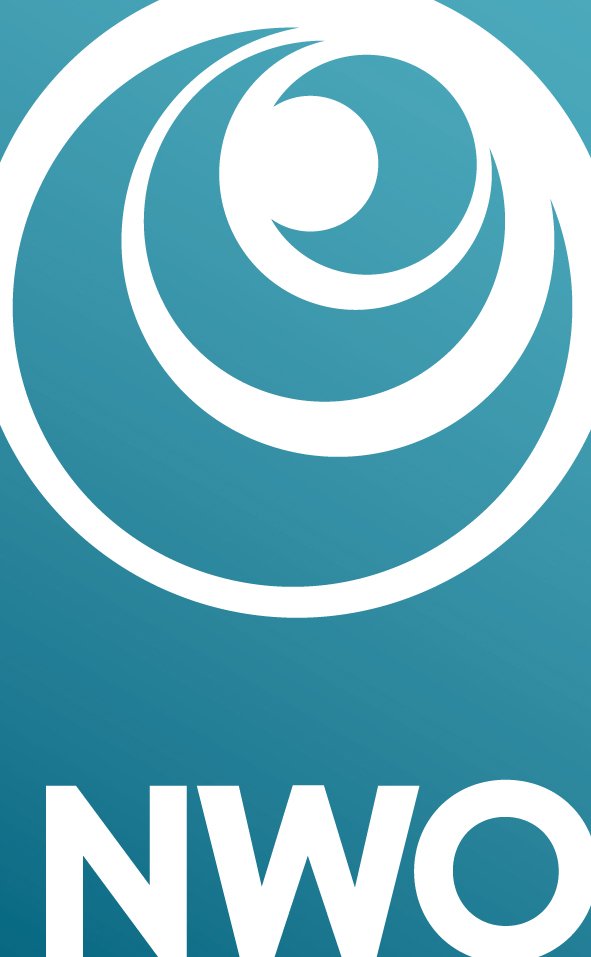 I’ve seen this story pop up on my newsfeed a few times recently, so I thought I’d have a look and see if there is much to it.It is an article about some new guidelines in Sweden regarding arsenic in rice products. They state that due to high levels of arsenic, some rice products can be harmful to children, and that many of them should be rationed, or even avoided altogether.In case you don’t want to read the rest of this blog post, I’ll give you my take on it first. We are already aware that there are high levels of arsenic in rice products, and the US FDA (Food and Drugs Administration) has been monitoring it for years. Long-term exposure to low levels of arsenic has been associated with various cancers, including those of the kidney, bladder and liver. Some in the press have also reported neurotoxicity in children, but there is little reliable evidence for this in the literature.While the link with cancer may be real, the level and time of exposure required to see such effects would suggest that the Swedish Food Safety Authorities are going overboard with this advice, and the possibility of harm is only in extreme cases. So as always, the key is to exercise moderation in all things.The article reports that the Swedish National Food Agency tested 102 rice products for arsenic levels, and recommended that:
I’ve seen this story pop up on my newsfeed a few times recently, so I thought I’d have a look and see if there is much to it.It is an article about some new guidelines in Sweden regarding arsenic in rice products. They state that due to high levels of arsenic, some rice products can be harmful to children, and that many of them should be rationed, or even avoided altogether.In case you don’t want to read the rest of this blog post, I’ll give you my take on it first. We are already aware that there are high levels of arsenic in rice products, and the US FDA (Food and Drugs Administration) has been monitoring it for years. Long-term exposure to low levels of arsenic has been associated with various cancers, including those of the kidney, bladder and liver. Some in the press have also reported neurotoxicity in children, but there is little reliable evidence for this in the literature.While the link with cancer may be real, the level and time of exposure required to see such effects would suggest that the Swedish Food Safety Authorities are going overboard with this advice, and the possibility of harm is only in extreme cases. So as always, the key is to exercise moderation in all things.The article reports that the Swedish National Food Agency tested 102 rice products for arsenic levels, and recommended that:
"children should not eat rice or rice products such as rice porridge, rice noodles, or breakfast cereal made of puffed rice, such as Rice Krispies, more than four times a week. And with regards to rice cakes, children should completely avoid these."
This advice is slightly puzzling, as it has been known for a long time that there is inorganic arsenic in much of our food, but particularly in rice products. The US FDA has been monitoring arsenic levels in rice products for the last 25 years. In their most recent tests, they analysed over 1300 products, and found results similar to those in Sweden. However, the FDA did not reach the same conclusions regarding safety, something I will go into more later.Unfortunately there isn’t much advice available as to what constitutes “safe” levels of arsenic in food. There are fairly clear guidelines about arsenic in drinking water, but comparing levels in food to those in water is difficult, so the following should be taken with caution.The World Health Organisation (WHO) recommends a limit of 10ug (10 millionths of a gram) per litre of drinking water. They report that there is some evidence of toxicity if the level is 50 – 100ug per litre, which is 5 – 10 times above their recommended limit. Furthermore, they report that from 10 – 50ug per litre there is a possibility of adverse effects, but that these would be at such a low incidence that they would be difficult to detect.Taking the WHO guidelines as reasonable, small children (aged 5 to 8, who drink around a litre of water per day) can expect to stay healthy ingesting 10ug of arsenic per day from their drinking water. This doesn’t take into account the additional arsenic they get from food. However, let’s go with the WHO and take 10ug per day as the safe dose.Many of the rice products tested contain a significant portion of that. Rice cakes, for example, have 4ug of arsenic, while Rice Krispies have 2.2ug. So if a child was to have rice-based cereal for breakfast, rice for dinner and snack on rice cakes, you can see how they could easily exceed our safe dose.This isn’t a problem if it happens irregularly; however, if a child is getting this dose of arsenic every day, then, using the cautious WHO estimates, there is a small possibility of future problems.As I mentioned above, the US FDA have also been keeping an eye on arsenic in rice products. Their testing has been far more comprehensive than that in Sweden, and their findings have been very similar. However, they do not have the same recommendations as the Swedish National Food Agency. The FDA recommends the following:
"Eat a well-balanced diet. All consumers, including pregnant women, infants and children, are encouraged to eat a well-balanced diet for good nutrition and to minimize potential adverse consequences from consuming an excess of any one food. This advice is consistent with the guidance of the American Academy of Pediatrics, which has long stated that parents should feed their infants and toddlers a variety of foods as part of a well-balanced diet.Consider diversifying infant foods: The FDA recognizes that children routinely eat rice products and that by tradition many infants are fed rice cereal as their first solid food. According to the American Academy of Pediatrics, there is no medical evidence that rice cereal has any advantage over other cereal grains as a first solid food and infants would likely benefit from an array of grain cereals."
In conclusion, it is probably right to say that the levels of arsenic in rice may be a problem for children who eat very large amounts of rice products every day. Feeding children 5 rice cakes per day probably isn't the best idea either. However, recommending an outright ban on rice cakes for children seems very extreme, and un-needed. In moderation, they are a perfectly good snack. Parents have enough to worry about, and if a child is getting a balanced diet, then arsenic should not be another thing on that list.



